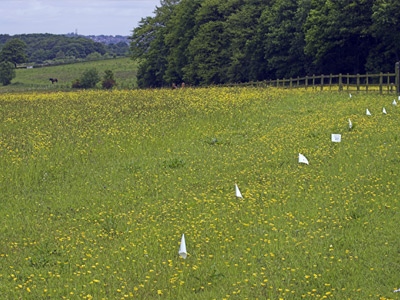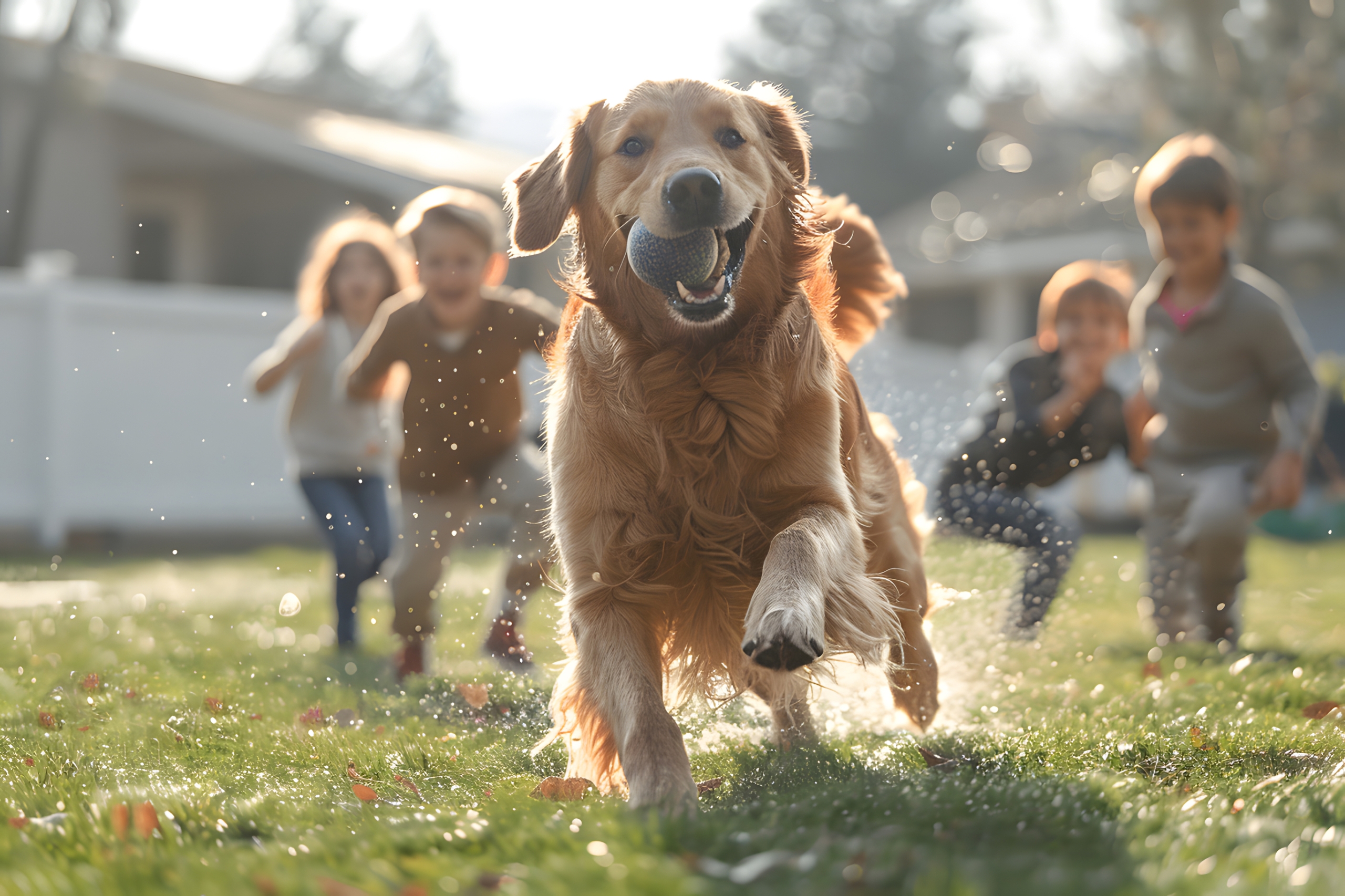How Electronic Dog Fences Can Save Lives
{
“@context”: “https://schema.org”,
“@type”: “LocalBusiness”,
“name”: “DogFence Ltd”,
“url”: “https://dogfence.co.uk”,
“logo”: “https://dogfence.co.uk/logo.png”,
“image”: “https://dogfence.co.uk/dog-fence-image.jpg”,
“description”: “Invisible dog fence installation in the UK. We specialize in electronic pet fences to keep your dog safe while preserving the beauty of your property.”,
“address”: {
“@type”: “PostalAddress”,
“streetAddress”: “DogFence Ltd, Marlow, Buckinghamshire”,
“addressLocality”: “Marlow”,
“addressRegion”: “Buckinghamshire”,
“postalCode”: “SL7 2DF”,
“addressCountry”: “GB”
},
“telephone”: “+44-1628-476475”,
“sameAs”: [
“https://www.facebook.com/DogFenceLtd”,
“https://twitter.com/DogFenceLtd”,
“https://www.instagram.com/DogFenceLtd”
],
“areaServed”: “England”,
“serviceType”: “Invisible Dog Fence Installation, Dog Containment Systems, Electronic Pet Fences”,
“priceRange”: “££”,
“contactPoint”: {
“@type”: “ContactPoint”,
“telephone”: “+44-1628-476475”,
“contactType”: “Customer Service”,
“areaServed”: “GB”,
“availableLanguage”: “English”
},
“sameAs”: “https://dogfence.co.uk”
}

“Comparing physical and electronic dog fences to help you choose the right solution for your pet’s safety.”
Comparing Physical and Electronic Dog Fences: Which is Right for Your Pet?
Ensuring your dog’s safety is one of the most important responsibilities as a pet owner. A primary concern for any owner is choosing the right type of fence—should it be a traditional physical dog fence or perhaps the modern electronic dog fence (also known as a containment system)? Whether you’ve just welcomed a lively pup into your family or you’re seeking a more effective way to secure an older dog, selecting the right fencing solution can be a game-changer.
In this article, we explore the key differences between traditional physical dog fences and modern electronic dog fences. By examining the advantages, drawbacks, and suitability of each, you’ll be well-equipped to decide what’s best for your canine friend and your home.
Physical Dog Fences: The Tried and Tested Option
Advantages of Physical Fences
- Visual Boundary: A physical fence clearly marks the edge of your property, serving as a visual cue for your dog and a deterrent for would-be trespassers.
- Multipurpose Use: Beyond keeping pets contained, physical fences also provide privacy, enhance security, and prevent wildlife from entering your garden.
- Durability: With materials like steel or composite wood, physical fences are built to last if properly maintained.
Drawbacks of Physical Fences
- High Costs: Installing a fence can cost £25–£300 per metre, depending on materials and design. Larger properties can face significant expenses.
- Maintenance: Wooden fences require painting, sealing, and repairs over time, while metal fences may rust and need treatment.
- Escape Risks: Determined dogs can dig beneath or jump over traditional fences. Agile breeds such as Border Collies or Jack Russells are known escape artists.
- Gate Weaknesses: Installing dog-proof gates can be expensive, and gates can be left open, creating weak points.
Who Benefits Most from Physical Fences?
- Homeowners seeking privacy or additional security.
- Urban or suburban properties where aesthetic appeal is a priority.
- Dogs less inclined to escape or dig.
Electronic Dog Fences: The Innovative Alternative
Advantages of Electronic Dog Fences
- Preserves Your View: For those with countryside or scenic properties, electronic fences maintain the natural beauty of your surroundings without imposing physical barriers.
- Adaptable Design: Unlike physical fences, which can be restricted by terrain or property layout, electronic fences can cover irregularly shaped areas such as ponds, gardens, or wooded areas.
- Cost-Effective: At £6–£10 per metre, including installation, electronic fences are a more affordable option for larger properties.
- Customised Training: Systems like those offered by DogFence.co.uk come with tailored training programs to help your dog understand the boundaries without stress or discomfort.
- No Gates Required: Electronic fences can cover driveways, removing the need for expensive gates, which may be left open.

Max boundary size is 350 acres.
Drawbacks of Electronic Dog Fences
- No Physical Barrier: While they are effective at keeping your dog inside, they won’t prevent other animals or intruders from entering your property.
- Dependence on Technology: As with anything electronic the system requires some maintenance, ie, checking collar batteries and ensuring the transmitter is functioning correctly. Easily facilitated as part of a weekly or monthly routine,
- Training Commitment: Success with an electronic dog fence depends on proper training. Pet owners must be willing to invest time in helping their dog adjust to the new system. That is why at DogFence Ltd we offer onsite training for you and your dog together with our containment promise.
Who Benefits Most from Electronic Fences?
- Rural properties with larger grounds (1/2 acre or more).
- Dogs prone to jumping over or digging under traditional fences.
- Owners prioritising unobstructed views or flexibility in boundary placement.
- Homes near livestock or main roads.
- Owners who have existing physical fencing but need added dog-proof containment.
Comparing Costs: Traditional vs. Electronic Fencing
- Traditional Fencing: £25–£300 per metre, depending on material and design.
- Electronic Fencing: £6–£10 per metre, covering large areas affordably and effectively.
For larger properties, electronic fences offer a practical and budget-friendly solution, saving thousands of pounds in upfront costs while ensuring your dog’s safety.
Installation Times: Traditional vs. Electronic Dog Fences
The installation time for a dog-proof fence can vary significantly depending on the type of fence you choose. For traditional physical fencing, a 5-acre site typically requires substantial preparation, including leveling the ground, digging post holes, and securely fixing materials like wood or chain link. This process can take 1–2 weeks or more, depending on terrain, weather conditions, and design complexity.
In contrast, an electronic dog fence can cover up to 10 acres in a single day, including professional installation and boundary training setup. The process is streamlined and minimally invasive, making it a fast and efficient solution for pet owners who want to ensure their dog’s safety without weeks of disruption.
Did You Know?
The Facts About Dog Containment
- Over 85% of pet owners report feeling more confident about their dog’s safety after installing an electronic containment system.
- Studies show that dogs trained with modern electronic fences adapt to their boundaries within 2–4 weeks when training is implemented correctly.
- Traditional fences can cost up to £200 per metre for premium materials, whereas electronic fences cover larger areas at a fraction of the cost.
How DogFence.co.uk Can Help
At DogFence.co.uk, we specialise in bespoke electronic containment systems designed to suit every property and pet. With over 20 years of experience, we provide:
- Customised consultations to assess your property and dog’s needs.
- Expert installation by certified professionals.
- Ongoing support and training to ensure the system works effectively.
Want to find out which fence is right for you? Call us or request a free quote today!





